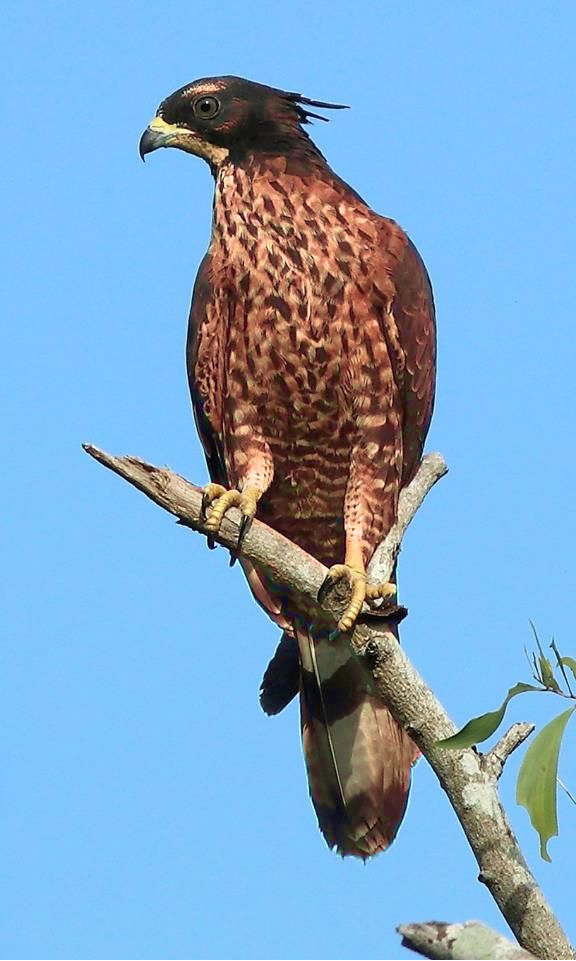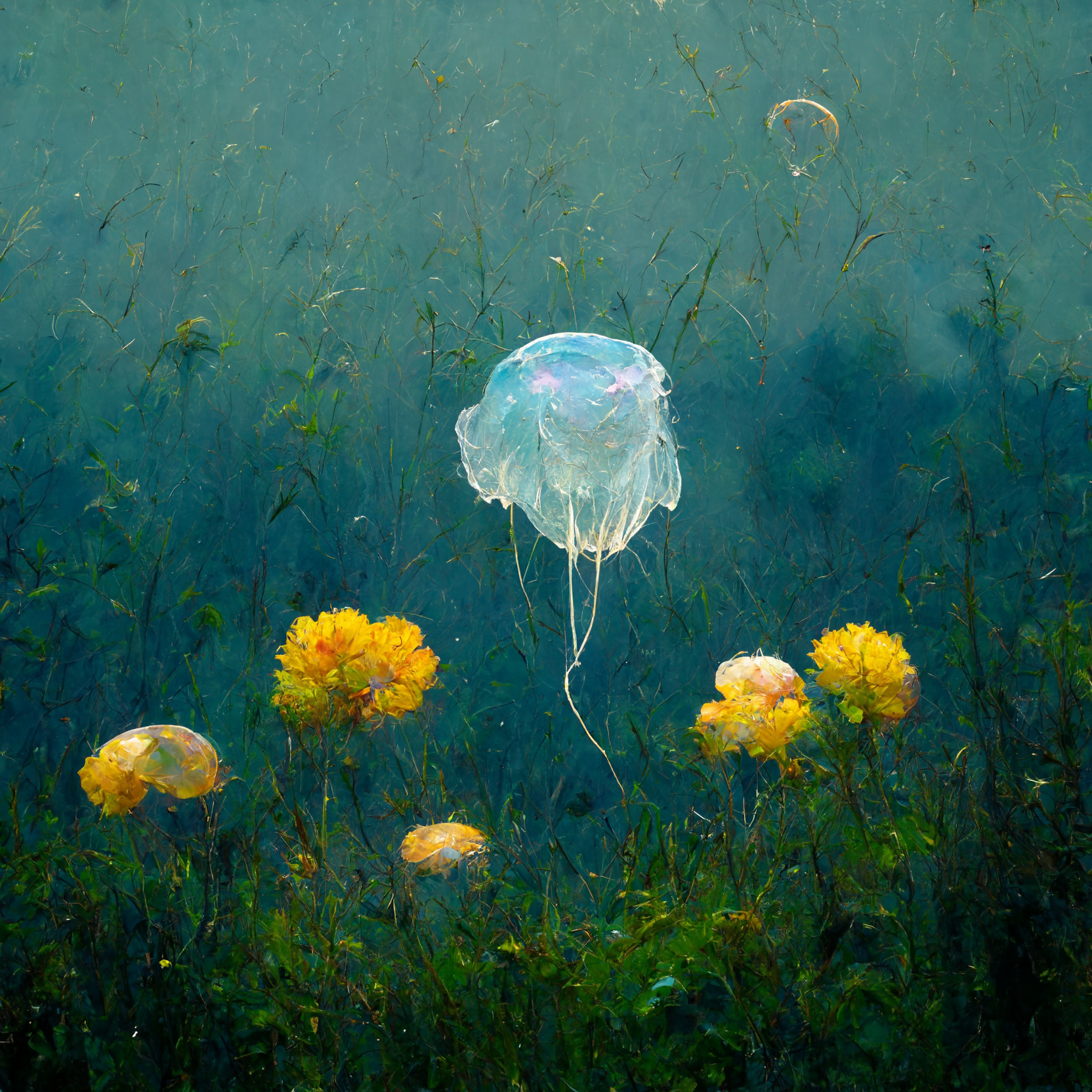Fauna of Moriji
The Deadsloth
The deadsloth is the largest existing animal found on Moriji Island. Its particular characteristics are likely the result of millions of years of evolution in an insulated ecosystem. It is a classical example of insular gigantism, since the female deadsloth grows to heights of up to 5 meters at the withers, much more standing, and may weigh up to 8 tons, with slightly smaller males. The species most closely related to the deadsloth in its order, the Holocontinental sloth, has much more diminutive dimensions, demonstrating the effect the Moriji environment has had on the deadsloth.
Some elements of its physiology are shared by the similarly native deadbeat, such as a very high degree of densification and calcification of the muscular tissue, an intraskeletal nervous system, and a lack of hair on the epidermis.
The animal thrives in this environment, being an omnivore with a highly opportunistically carnivorous component. It is the largest carnivore present on the island, meaning it can scavenge nutritious sources of meat uncontested by other species (with the exception of the native deadbeats).
They are not particularly aggressive when well-fed, and have been successfully tamed by humans for use in a variety of tasks, including transport, farm labor, and combat. It is suspected that both deadbeats and deadsloths have undergone directed evolution as a result of their constant exposure to low concentrations of Mori-attuned chuubanite in their environment, water and alimentation.

The deadsloth's main use in combat is either as highly mobile artillery that can defend itself, or as heavy shock cavalry for squads of Deadbeat warriors, usually two on each flank, or a single Ghostling, as she would be too heavy to be carried by most mounts. It has rarely been used outside of the island, as transporting the beasts is challenging to say the least, and the Goddess Faithful tightly regulates the foreign movements of lifeforms or objects that may accumulate such large amounts of Mori-type chuubanite.
The Kustori Buzzard
Messenger bird communications are the backbone of the Black Fleet intelligence network. They allow the Admiralty on Mori's island to be made aware of events in the Holoempire's capital in /hlgg/ in two weeks or less, by sending the messages over carrier birds through a complex mesh of relay stations, across thousands of kilometers.
This feat is a miracle of logistics and of cross-national collaboration, but credit is due to the creatures who shoulder the burden of actually carrying those messages. The Kustori Buzzard may be occasionally observed all over the Holosea coast, but is found in greatest numbers on Moriji, where the species nests.
Mori-type chuubanite affects animals in a variety of ways, but a notable effect is a pronounced densification of the skeleton, and its mineralization through iron-based goethite. The result of this is that animals displaying those adaptations are universally unable to fly, being too heavy. The kustori buzzard's evolution found an interesting path around this issue. Mori-type chuubanite tends to accumulate in hard and tough materials, the harder, the more effectively it draws the chuubanite in. Thus, the buzzard's kidneys evolved to intentionally develop extremely hard, crystallized kidney stones which remain in the body until saturated with chuubanite. Once it reaches this point, the kidney stone is expelled through the cloaca. Through this process, the chuubanite absorbed by the bird which would normally accumulate in its skeleton is cycled through these stones and removed from the body, preventing the adaptation from occurring, and allowing the bird to continue flying.
Since most native fauna is unable to fly, and any foreign birds would have to cross hundreds of kilometers of ocean to reach the island, the buzzard can nest on the island in relative safety. Thus, the buzzard presence on the island and its ability to cross vast swathes of ocean quickly made it a natural choice for the Black Fleet.

Elden Jellies
Kingdom: Animalia
Phylum: Cnidaria
Subphylum: Medusozoa

Elden Jellies (colloquially, hellyfish) are a common and beautiful sight on the island of Moriji. The creatures are, as expected, directly related to their marine brethren, but the effects of Deadbeatification on this boneless lifeform is perhaps the most significant. Not only has their physiology been fundamentally changed, but their entire environment and sustenance mechanisms have been modified.
Distribution
The Elden Jellies can only exist on Moriji due to their specific adaptations to the effects of the local chuubanite. Elden Jellies cycle through their chuubanite reserves very fast compared to other lifeforms, due to their lack of a skeleton, so a specimen brought outside of the island would see its adaptations disappear within weeks, which would remove its ability to float and doom it to a quick death by starvation or dehydration. On the island, three main species are known to exist.
The Eldenaoi is the most numerous species, found in most open spaces, valleys, grasslands, savannahs and sparse woodlands. It is also the smallest species.
The Eldenaka is less common, but found on a larger swath of territory, all the rainforests of Moriji.
The Eldenawai is the rarest and largest, and found only in the Underworld, closer to the Mountain.
Morphology
All species of Elden Jellies share physical characteristics. The most significant in relation to maritime jellyfish relates to the hydration of the mesoglea, the soft, gellified umbrella-shaped bell which forms most of the bulk of the animal. In jellyfish, the mesoglea contains up to 95% of water per weight, with the remainder being taken up by collagen, other proteins, and floating organelles. In the Elden Jelly, the mesoglea and the epidermis covering it will have between 3 to 6% of hydration, with Eldenaka usually being more hydrated, and the Eldenaoi and Eldenawai being drier.
This low hydration results in the Elden Jellies being practically paper thin, which enables them to be carried by air currents effortlessly. Their air buoyancy is assisted by a few mechanism. First, the mesoglea acts as a miniature greenhouse of sorts, trapping air warmed by the sun within its bell. This helps them float more easily by replicating the mechanism of hot-air balloons. Second, the jellies are able to flex their bell, pushing air out of it and propelling themselves upward.
The tentacles extending from the Elden Jellies have multiple purposes; carry stinging cells, feeding, and pollination.
Eldenaoi are blue, and average a diameter of six centimeters, with tentacles around ten centimeters. Their sting is a mild irritant, but harmless even to children.
The Eldenaka are around twenty centimeters wide, with tentacles of around twenty-five centimeters. They are slightly more dense and massive, owing to the moistness of the jungles housing them. Being denser reduces their buoyancy, so to compensate, their tentacles are a bit more developed and able to grasp onto tree trunks, branches and vines for support. Their sting is far more dangerous, being uncommonly fatal and always resulting in debilitating nausea, burns and nerve damage unless treated. Thankfully, the Eldenaka purely use their venom as a defense mechanism, and do not seek out targets to sting unless provoked. They are blood red to pale red in color.
The Eldenawai have a bell and tentacles more similar to the Eldenaoi, being almost completely dry, but they are far larger, averaging a meter in diameter. There are witness accounts of some Eldenawai reaching up to four meters in diameter, while retaining just a thin and ephemeral a bell as the Eldenaoi. As for their tentacles, they can be as many as ten meters long, and are pulled right above the Underworld's meadows, caressing the flowers beneath as the Eldenawai drifts by. They are pale white to pale pink in color.
Elden Jellies display bioluminescence. All subspecies produce light through natural mechanisms, but the Eldenawai also generate significant amounts of light through chuubanitic emissions.
Lifestyle
The Elden Jellies are the major pollinator of the island. Their main sources of food are the nectar of flowers, and the microscopic parasites that may be found on said flowers, which puts their tentacles in close contact with the plant's pollen. As they feed on a field of flowers, the tentacles naturally carry and redistribute the gametes, enabling the reproduction of a wide ranges of plant species on the island. sub-subspecies of Elden Jellies seem to specialize in the pollination of specific plants, especially in the extremely biodiverse jungles.